PNNL @ ACS Spring 2023
Join us at the American Chemical Society (ACS) Spring 2023 meeting, where scientists from PNNL will be presenting the latest research in chemistry and materials
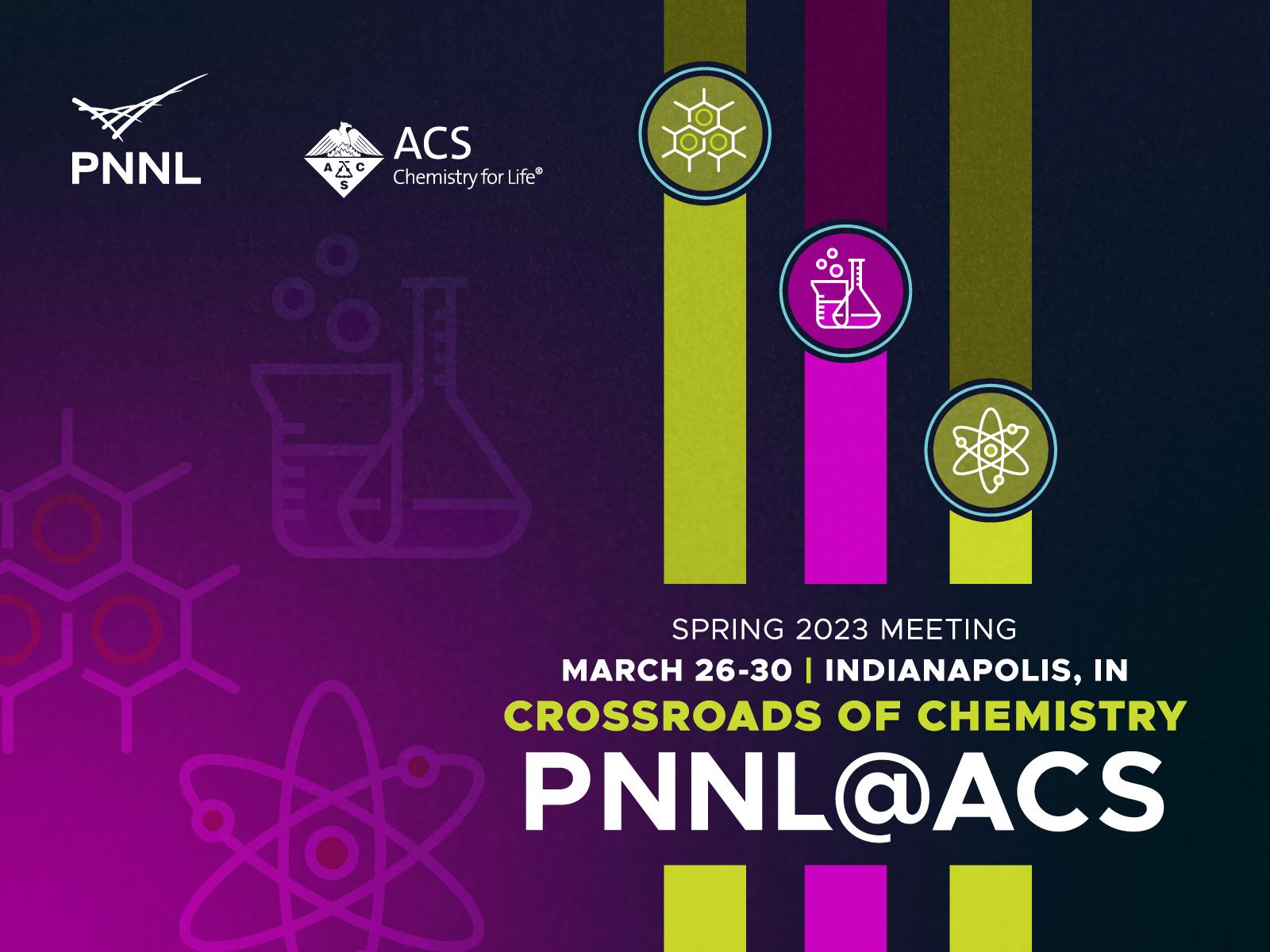
Join PNNL at ACS Spring 2023
(Image by Melanie Hess-Robinson | Pacific Northwest National Laboratory)
The American Chemical Society (ACS) Spring 2023 conference theme, Crossroads of Chemistry, features a mix of in-person, hybrid, and live virtual sessions, live experiments, industry thought-leader sessions, and posters. The hybrid event is planned for March 26–30 online and in Indianapolis, IN.
Many researchers from Pacific Northwest National Laboratory (PNNL) will be participating in this year's conference. Watch this video featuring a few of the presenters, and view the list of some highlighted presentations by research area below.
Key symposia sessions include:
- A four-part symposium, Closing the Carbon Cycle, organized by Chief Science and Technology Officer Wendy Shaw and Chemist Todd Schaef, includes presentations by staff at PNNL (March 27–28), such as "Keeping Carbon in Play," "Reactive Separations," "Carbon, Capture, Sequestration, and Alternatives to Carbon," and "Alternatives to Carbon and Biological Approaches to Decarbonization"
- An Aquatic Redox Chemistry symposium organized by Chemist Kevin Rosso (March 26–28)
- ACS Award in Organometallic Chemistry: Symposium in Honor of Shannon Stahl, a thrust lead for Molecular Mediators as part of PNNL’s Center for Molecular Electrocatalysis and a University of Wisconsin-Madison professor. Presentation by Laboratory Fellow and Chemist Morris Bullock, "Stalking and capturing elusive monomeric copper hydrides" (March 26)
- Flow Cells for Long Duration Energy Storage and Electrochemical Conversion: Chemistry, Materials and Technologies, a symposium organized by Materials Scientist Ruozhu Feng (March 27)
If you're a chemist interested in working at PNNL, check out our current openings:
For more information about physical and computational sciences at PNNL, please view these flyers.
Selected PNNL Presentations by Research Area
CARBONWhere to find your renewable carbon?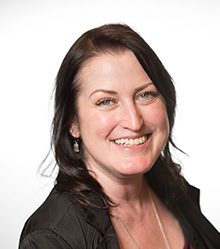 Closing the carbon cycle: Keeping Carbon in PlayMonday, March 27 at 10:15 a.m. ET PNNL Authors: Corrine Drennan (presenter) Summary: We aspire to have all segments of the economy reach net-zero carbon intensity. Certain segments will be challenging to electrify and yet we will continue to need the carbon to help us in our everyday lives. We will discuss the sources of renewable carbon and how we can move from a linear economy to a spiral-like economy with more than one use of carbon. READ MORE. |
An integrated capture and utilization approach to produce CO2-derived chemicals in a post-combustion capture solvent Closing the Carbon Cycle: Reactive Separations symposiumMonday, March 27 at 4:15 p.m. ET PNNL Authors: Jothi Kothandaraman (presenter), Johnny Saavedra, Yuan Jiang, Robert Dagle, David Heldebrandt Summary: Immediate deployment of carbon capture, utilization, and storage technologies is required to meet our climate change mitigation goals; however, significant improvements in cost and performance are needed. We will discuss the emerging integrated capture and conversion to materials approach—a key platform technology to produce value-added chemicals from CO2 captured from industrial flue gas. READ MORE. |
Kinetics of Columbia River basalt dissolution with application to geological CO2 sequestration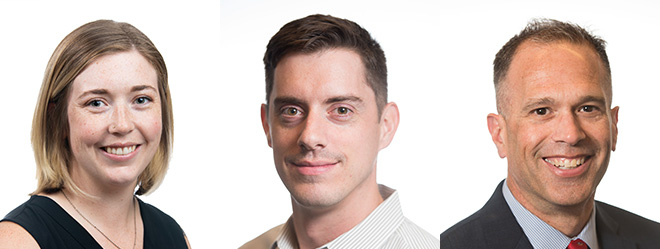 Geochemistry for CO2 Capture, Conversion, and SequestrationTuesday, March 28 at 4:25 p.m. ET PNNL Authors: Emily Nienhuis-Marcial (presenter), Quin Miller, Todd Schaef Summary: Basalt has been identified as an important host material for geological sequestration of CO2 through mineralization. This work reports a quantitative understanding of the composition of Columbia River basalt to determine abundances of major carbonate-forming cations, critical materials, and release rates under mildly acidic conditions. READ MORE. |
CATALYSISFrom understanding mixed oxide surface structures to new oxidation catalysts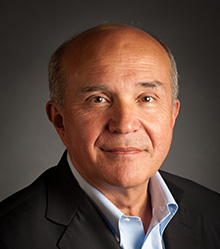 FUNDAMENTALS OF BULK OXIDE CATALYSISTuesday, March 28 at 8:00 a.m. ET PNNL Author: Johannes Lercher (presenter) Summary: Mixed oxides and supported vanadate catalysts can be characterized and understood at an atomic scale. We are combining high-resolution electron microscopy with theory to understand the importance of specific surface structures. In this lecture, we will compare two cases, the oxidative dehydrogenation of ethane and the selective oxidation of xylenes. READ MORE. |
Elementary steps in catalytic reactions of acetic acids on anatase TiO2(101) single crystals and faceted nanoparticles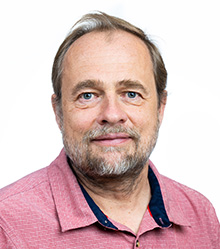 Bridging Surface Science to Catalysis: Oxygenates and Machine LearningTuesday, March 28 at 3:00 p.m. ET PNNL Author: Zdenek Dohnalek (presenter) Summary: Understanding the interactions of simple carboxylic acids with oxide surfaces is important for many catalytic reactions. We employed a combination of scanning tunneling microscopy, infrared reflection absorption spectroscopy, temperature-programmed desorption, and density functional calculations to obtain detailed mechanistic insight into the elementary steps of model catalytic reactions. READ MORE. |
MATERIALSUptake of Pb and growth of PbSO4 on barite: Understanding the molecular-scale mechanisms of lead-acid battery additives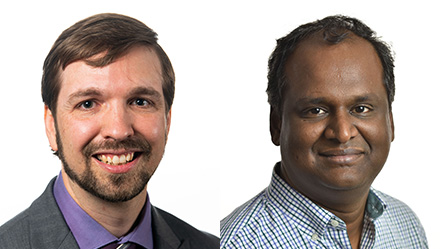 Materials, Mechanisms and Methods in Battery Technology: Aqueous BatteriesTuesday, March 28 at 8:00 a.m. ET PNNL Authors: Ben Legg (presenter), Vijay Murugesan Summary: Barite (BaSO4) is a common additive to lead-acid batteries, facilitating the reversible nucleation, growth, and dissolution of PbSO4 during battery cycling. In this study, we use a combination of in-situ atomic force microscopy, in-situ X-ray reflectivity, and density functional theory computations to investigate the molecular-scale interactions of Pb-containing sulfuric acid solutions with the barite surface. READ MORE. |
Crystallization pathways and interfacial drivers for the formation of hierarchical architectures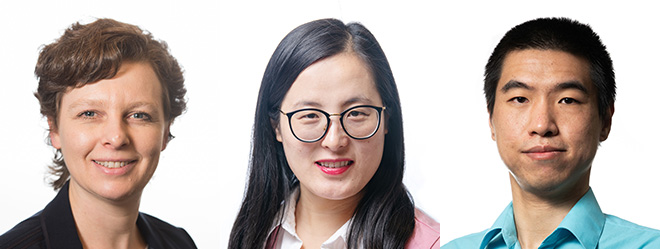 Interfacial Reactivity of Nanoconfined SurfacesWednesday, March 29 at 2:40 p.m. ET PNNL Authors: Maria Sushko (presenter), Lili Liu, Duo Song Summary: The development of structural hierarchy on various length scales during crystallization is ubiquitous in biological systems and also observed in synthetic nanomaterials. We discuss the mechanism of the development of structural hierarchy through heterogeneous nucleation, coupled interfacial nucleation and assembly, and oriented attachment of independently nucleated particles. READ MORE. |
BATTERIES/ENERGY STORAGEIn-situ electroanalytical technique to characterize reaction kinetics in aqueous redox flow batteries Flow Cells for Long Duration Energy Storage and Electrochemical Conversion: Chemistry, Materials, and TechnologiesMonday, March 27 at 12:00 p.m. ET PNNL Authors: Chao Zeng (presenter), Soowhan Kim, Yunxiang Chen, Yucheng Fu, Jie Bao, Zhijie Jay Xu, Wei Wang Summary: Engineering the electrochemical reactor of an aqueous redox flow battery is critical to deliver sufficiently high-power densities with reasonable cost. This study presents a novel in-situ electroanalytical technique that provides an invaluable approach to characterize the performance of electrolytes and electrodes in redox flow batteries. READ MORE. |
Metastable components of solid electrolyte interphase in Li-ion batteries using cryogenic X-ray photoelectron spectroscopy Materials, Mechanisms and Methods in Battery Technology: Liquid Electrolytes, Interface, and AnodeMonday, March 27 at 2:15 p.m. ET PNNL Authors: Dan Thien Nguyen (presenter), Venky Prabhakaran, Shuttha Shutthanandan, Karl Mueller, Vijay Murugesan Summary: The solid electrolyte interphase (SEI) is essential to Li-ion batteries. However, establishing a complete chemical picture of it is challenging. A cryogenic X-ray photoelectron spectroscopy (XPS) technique provides new insight into the realistic composition of SEI in Li-ion batteries and represents an improved XPS measurement procedure. READ MORE. |
Silicon based Li ion batteries with extended calendar life Next-Generation Conversion/Alloying Chemistries for High-Capacity BatteriesMonday, March 27 at 2:35 p.m. ET PNNL Authors: Ji-Guang (Jason) Zhang (presenter), Ran Yi, Xia Cao, Wu Xu Summary: The calendar life of silicon-based Li-ion batteries (Si-LIBs) is less than two years—far less than the 10-year lifetime required for electric vehicle applications. We used two approaches to improve Si-LIB performance, extend calendar life, and accelerate the application for large-scale electric vehicles and consumer electronics applications. READ MORE. |
Single crystal Ni-rich cathodes for advanced Li-ion batteries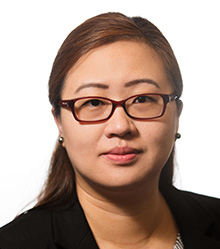 Next-Generation Conversion/Alloying Chemistries for High-Capacity BatteriesWednesday, March 29 at 8:00 a.m. ET PNNL Author: Jie Xiao (presenter) Summary: Ni-rich cathodes are a promising class for next-generation lithium-ion batteries. This talk will explore cost-effective synthesis approaches for industry manufacturing and propose validation strategies for scaled Ni-rich single crystals, ranging from deep structural studies to large-scale electrode processing of moisture-sensitive cathodes. READ MORE. |
BIOENERGYContinuous co-processing of pyrolytic lignin and yellow grease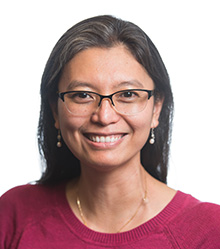 Catalytic and Non-Catalytic Upgrading of Heavy Oil and Bio-Crude Oils: Catalytic Upgrading Processes for Bio-Crude Oils and Aviation FuelsSunday, March 26 at 2:00 p.m. ET PNNL Authors: Mariefel Olarte (presenter) Summary: Production of sustainable aviation fuel from renewable resources is imperative in a society that aims to reduce its carbon footprint. We will share our efforts to overcome the challenges of co-processing two dissimilar feedstock streams—pyrolytic lignin fraction with 10% butanol and commercially procured yellow greases—and our analyses of the hydrotreated hydrocarbon fractions. READ MORE. |
Demonstration of low-level biogenic fuel content using quench curve and direct liquid scintillation counting (LSC) methods Differentiating and Quantifying Biogenic and Fossil Carbon in Transportation-Related FuelsSunday, March 26 at 3:15 p.m. ET PNNL Authors: Charles Doll (presenter), Andrew Plymale, Matthew O'Hara, Christopher Thompson, Alan Cooper, Huamin Wang, Mariefel Olarte Summary: The colors biofuels retain from their various biological sources can interfere with direct LSC measurements when they extinguish or “quench” light detected by LSC. Using color quench curves, chemical quench curves, and an internal carbon-14 spike, we explore three methods of LSC analyses on samples containing low-level amounts of biogenic gasoline, jet fuel, and diesel blended with fossil fuel. READ MORE. |
ENVIRONMENTChemical composition of micro- and nanoplastic particles emitted from sewer pipe repairs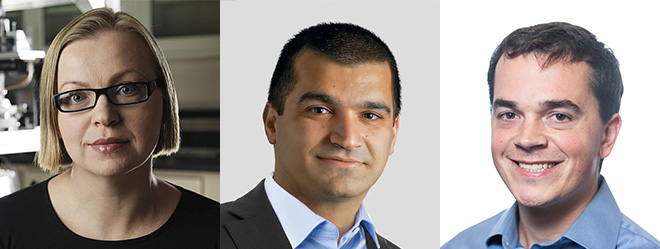 Approaching Atmospheric Chemistry from a Single Particle PerspectiveTuesday, March 28 at 11:20 a.m. ET PNNL Authors: Alla Zelenyuk-Imre, Patrick El-Khoury, Brian O'Callahan Summary: Cured-in-place pipe installation of plastic pipes is a common method to repair sewers and water supply pipes, resulting in an uncontrolled discharge of organic waste into the environment. This talk will focus on the detailed chemical composition of the micro- and nanoplastic particles from the discharged waste. READ MORE. |
Vertical distribution of physicochemical properties of atmospheric particles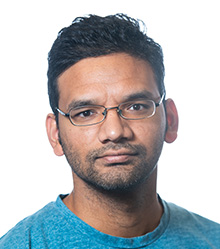 Approaching Atmospheric Chemistry from a Single Particle PerspectiveWednesday, March 29 at 10:10 a.m. ET PNNL Author: Swarup China (presenter) Summary: Atmospheric aerosol affects the climate both directly by scattering and absorbing sunlight, and indirectly by participating in warm and cold cloud formation. In this study, we performed a detailed physicochemical characterization of aerosol particles sampled during atmospheric radiation measurement deployment of a tethered balloon system during different field campaigns. READ MORE. |
For more information about physical and computational sciences at PNNLClick on the flyers below to learn about our physical and computational sciences, including our mission, goals, achievements, and features of the new Energy Sciences Center. |
|||
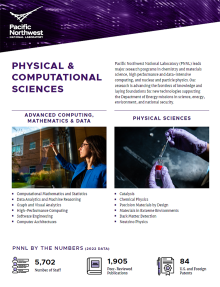 |
 |
||
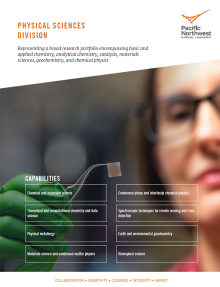 |
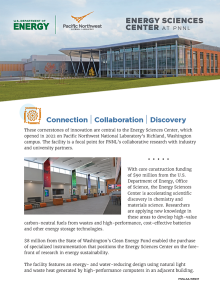 |
||